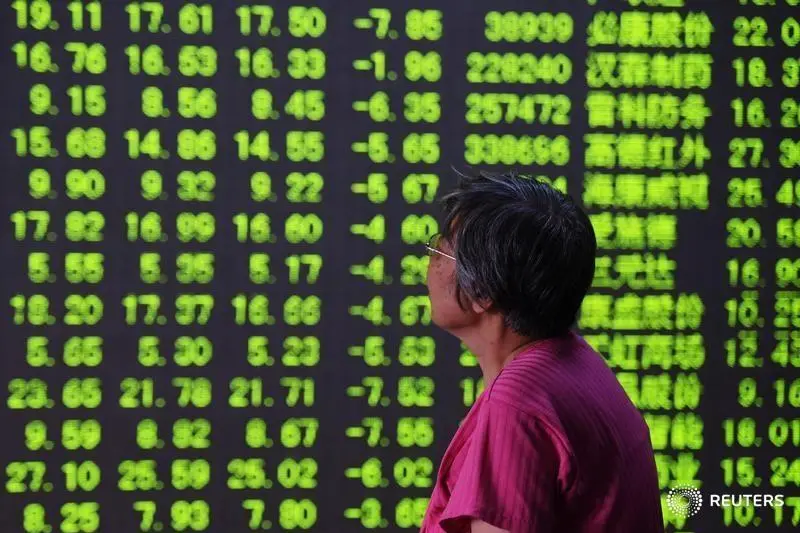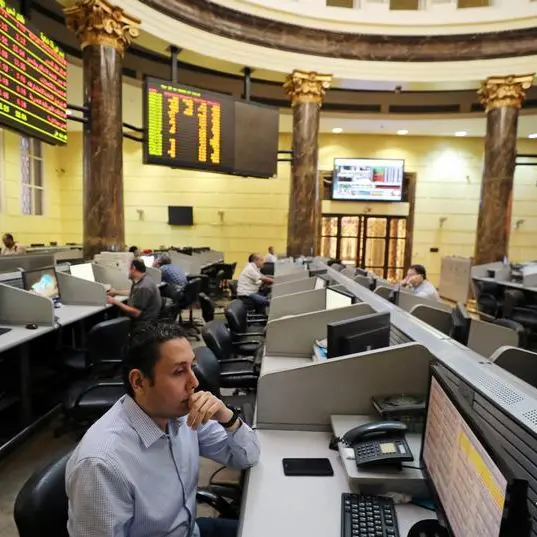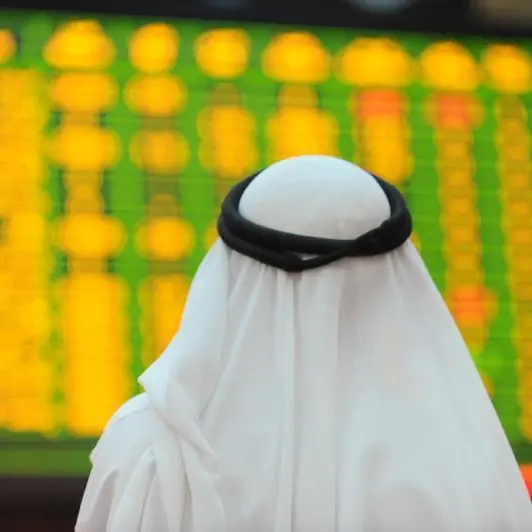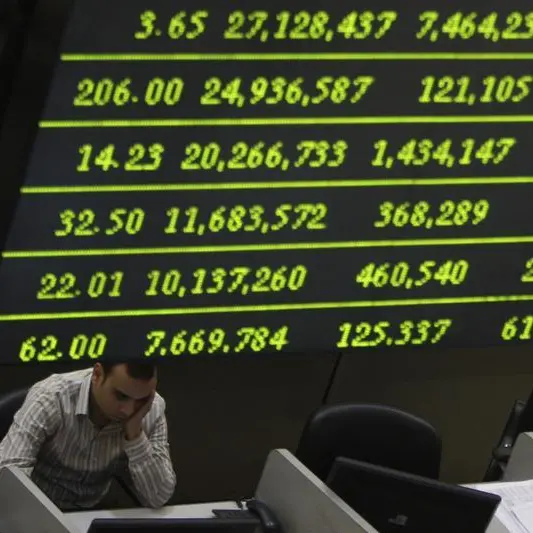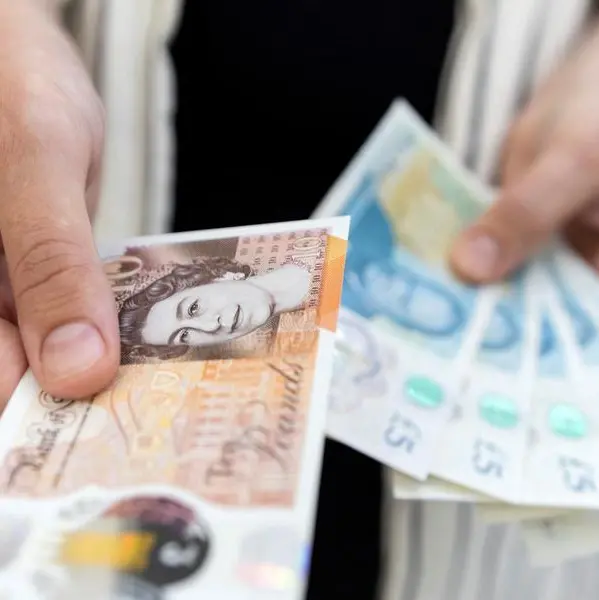PHOTO
LONDON (Reuters) - Following are five big themes likely to dominate thinking of investors and traders in the coming week and the Reuters stories related to them.
1/CHINESE BURN
The world is increasingly uneasy about Beijing’s next moves to support its economy and temper damage from higher U.S. tariffs. The yuan is at a one year-low — state-run banks finally stepped in to its support but clearly, authorities are prepared to tolerate a weaker currency which helps exporters.
It could prove tricky, however, to keep conditions supportive while preventing big capital outflows that put the skids on the yuan. Sharp yuan depreciation poses problems for Chinese firms with dollar debt and hurt overall confidence in markets. Also, too much currency weakening will draw the ire of U.S. President Donald Trump who has already complained about the yuan “dropping like a rock”.
Benchmark rate cuts are therefore unlikely. Instead, policymakers are tinkering with liquidity, including initiatives such as incentivising commercial banks to lend to small business. And after cutting banks’ reserve ratios in March and June, they may cut again, potentially in September.
The rest of emerging Asia is also concerned — a lurch lower by the yuan will mean currencies from the Philippines to India, already at multi-year lows, will have to play catch up.
China boosts liquidity, set for more policy easing as trade war threatens economy
China to use ‘counter-cyclical’ measures to curb FX volatility
China sets yuan midpoint at weakest in a year
To view a graphic on China reserve requirement ratios vs Yuan, click: http://reut.rs/2Lx3LcG
2/LET’S TWIST AGAIN
The ECB gathers on Thursday and after the excitement generated at its last meeting by its pledge to keep interest rates unchanged “at least through the summer” of 2019, this will be of great interest to those looking for further guidance.
Some ECB policymakers apparently still want a June 2019 rate rise, while others see trade tensions as a reason to stay loose for longer. But given that ECB President Mario Draghi made it clear the bank had left language “intentionally vague”, he is unlikely to be any more forthcoming on the timing.
But there are other issues to quiz him on. One is on how the central bank plans to deploy redemptions from its outstanding bond holdings once its asset purchase scheme expires at the end of 2018. Reports suggest it will use reinvestments to buy long-dated bonds, thus magnifying the stimulus effect.
Yield curves have already flattened in anticipation, giving borrowers the opportunity to issue more long-dated bonds and lock in low borrowing costs for decades to come. Belgium plans to sell 50-year bonds next week and others could follow.
What of the economy? There are signs momentum is stabilising after a sudden slowdown earlier this year. Flash euro zone PMI data due on Tuesday should give some indication of how the economy is coping with global trade conflicts, Italian politics and messy Brexit negotiations.
ECB policymakers split on meaning of `through summer’, and on timing of rate hike
ECB mulls small “Twist” to keep borrowing costs low -sources
Euro members consider more super-long borrowing as ECB mulls bond ‘twist’
To view a graphic on A flattening German curve on ECB "twist" bets, click: http://reut.rs/2LwDds5
3/ENEMY AT THE RATES
The central banks of Turkey, Chile, Nigeria, Hungary, Argentina, Colombia and Russia all meet to set interest rates; the leaders of the BRIC nations meet in Johannesburg; and G20 finance ministers and central bankers meet in Buenos Aires. In short, it’s a big week for emerging markets. As it seems to be every week right now, with the strength of the dollar, rising U.S. interest rates and escalating trade war tensions tightening the squeeze. Emerging stocks, bonds and currencies are falling and investors are pulling cash out of EM funds.
EM central banks are in a bind. Do they cut rates to support growth and domestic asset prices, which would fuel inflationary pressures? Or do they raise rates to track the Fed, fight inflation and support their currencies even though that could choke growth? We’ll find out next week on which side of that fence many of them sit, while the commentary out of Buenos Aires and Johannesburg could also be market-moving.
*WRAPUP 1-China markets gyrate as yuan hits one-year lows
*Emerging market volatility fuelling currency trading boom
*GRAPHIC-Foreigners sell Asian bonds for third straight month in June
To view a graphic on Asian bond outflows, click: http://reut.rs/2L900ya
4/SCINTILLATING STUFF
Economists polled by Reuters reckon U.S. gross domestic product (GDP) expanded a scintillating 4 percent in the April-June quarter, or double the first quarter’s output. The data is due on Friday. USGDPA=ECI.
One of the main drivers of the robust expansion was, possibly, a rush by U.S. exporters to get their products to markets before tariffs and counter-tariffs kicked in and full-fledged trade war broke out.
U.S. farmers probably stuffed the export channel (think soybeans to China) before the tariffs. But while that probably contributed to overall growth, economists warn the spike higher in GDP, either from net exports or increased business spending (see defense, or oil drilling) may not last. So even if Q2 growth turns out to be a barn-burner, it is likely to back off in the second half of the year as tariffs bite harder and both imports and exports ease.
Not a flagging U.S. economy then, but one that might sag from here.
U.S., euro zone growth readings to tell story of divergence Manufacturing, mining power U.S. industrial production
To view a graphic on Contributions to U.S. GDP, click: http://reut.rs/2JDhUDy
5/POOR DRIVING CONDITIONS
Second quarter results stream in next week from big European carmakers Peugeot, Fiat, Daimler and Renault. Shares in the sector, under immense pressure from the threat of higher U.S. import levies, are down almost 10 percent this year, and the results could give the selloff extra mileage should companies downgrade earnings outlooks.
Autos are likely to be high on the agenda for trade talks between European Commission President Jean-Claude Juncker and U.S. President Donald Trump next Wednesday too, after the industry blasted tariff plans in a U.S. Department of Commerce hearing.
But many investors are simply looking for some clarity. For the sector, 12-month earnings growth forecasts have come down from 13 percent to six percent over the past year. Since January though estimates have stalled as analysts see no end to the fog surrounding tariff threats.
BREAKINGVIEWS-Automakers’ U.S. tariff fight heads down dead end
Merkel says U.S. auto tariffs a threat to the prosperity of many
EU warns U.S. of boomerang effect if Trump imposes car levies
To view a graphic on Trade war and European autos , click: http://reut.rs/2Lyhn7w
Reporting by Daniel Bases in New York, Marius Zaharia in Hong Kong; Jamie McGeever, Abhinav Ramnarayan and Helen Reid in London; compiled by Sujata Rao and Marc Jones; Editing by Toby Chopra
